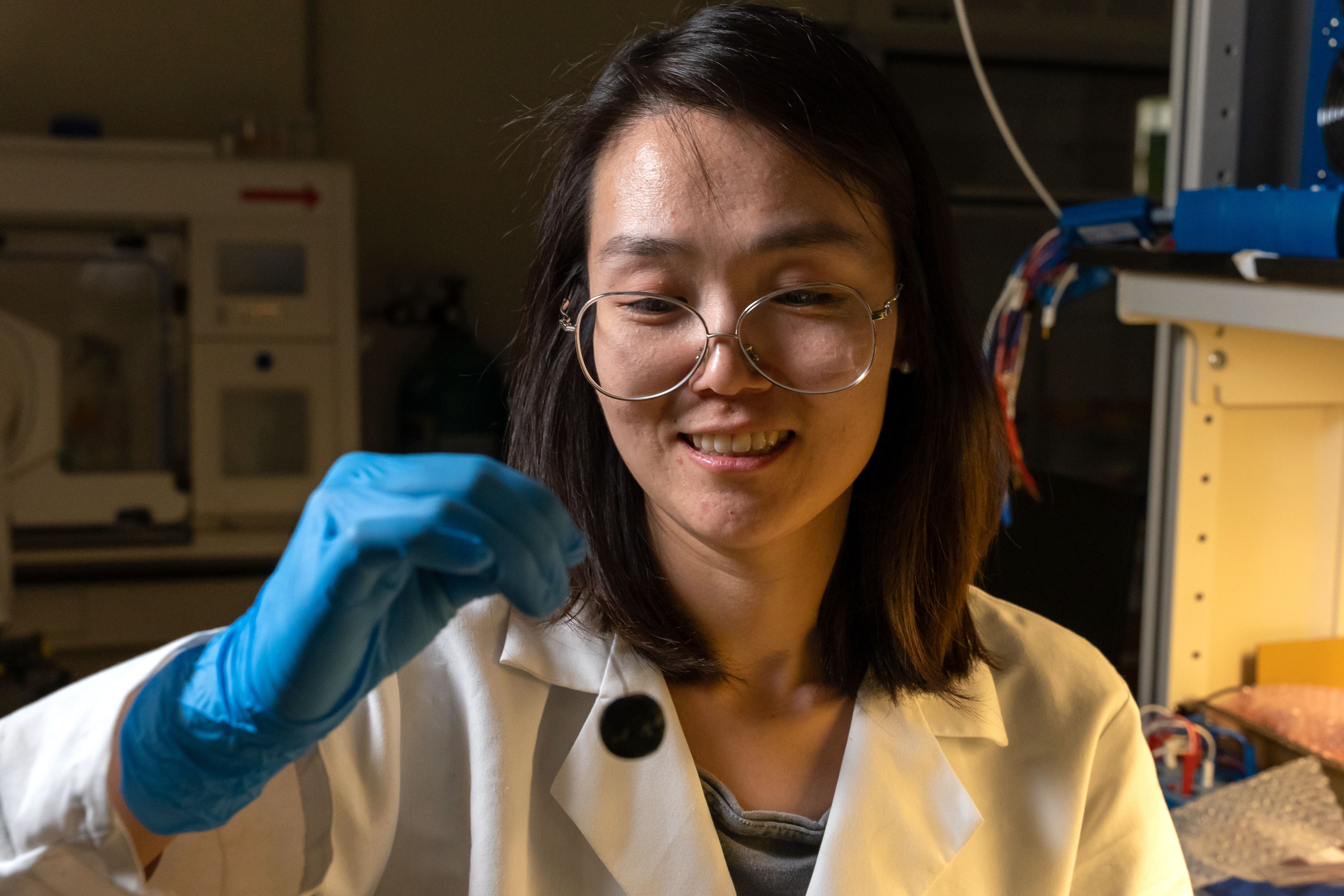Scientists engineer bacteria to detect pollutants in water
The proof of concept device can sense contaminants much quicker than traditional methods, researchers say.

A device that uses engineered bacteria to detect harmful contaminants in water within minutes has been developed by scientists.
Experts from Rice University in the US have reprogrammed cells in Escherichia coli (e.coli) – a type of bacteria found in the environment, foods, and intestines of people and animals – to release an electrical current that can sense pollutants quicker than traditional methods.
The sensor is still in its proof-of-concept stage, but the team said the findings, published in the journal Nature, could help ensure water security in the future by alerting people about environmental catastrophes – like chemical spills – before they escalate.
Caroline Ajo-Franklin, a professor of biosciences at Rice University and one of the authors on the study, said: “A lot of times there are environmental contaminants that are accidentally released.
“And if you could know quickly that they were being released then you could do something about it.”
She added: “So the question is: can you sense your contaminants quickly so that you can stop them from having that detrimental impact?
“One of the things we know is that basically microorganisms know what’s going on around them and their environment and what we sought to do was take that and use those abilities to detect contaminants.
“And then we had to do some really clever and hard engineering to convert those signals – from chemical signals into electrical signals – in bacteria.”
The sensor, shaped like a lollipop, is made up of engineered e.coli, attached to electrodes and encapsulated in a biofilm made from red seaweed.
The researchers tested the device to see if it could detect thiosulfate, a dichlorination agent used in water treatment that can cause algae blooms.
The living sensor was able to sense this chemical at levels less than 0.25 millimoles per litre – far lower than levels toxic to fish, the researchers said.
The team then used it to detect another chemical that is known to affect the human endocrine system.
The researchers said its sensors were able to detect the endocrine disrupter up to 10 times faster than the previous state-of-the-art devices.
Joff Silberg, a professor of bioengineering at Rice University, and one of the authors on the study, said: “What we are trying to do is make miniature microbes that make an electrical signal so you just grow a bunch of microbes and put them on a device and they read out all these things they are sensing.
“So what’s exciting for us is that this is the prototype device where we show it’s possible but we are able to show it’s modular too.
“So we can actually sense the different chemicals by very quickly reconfiguring them.”
Bookmark popover
Removed from bookmarks